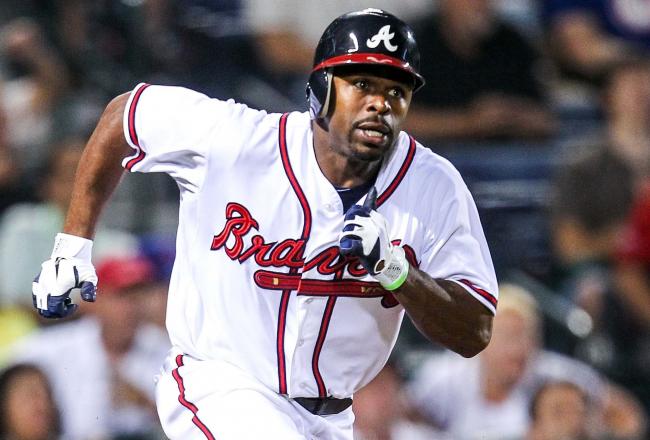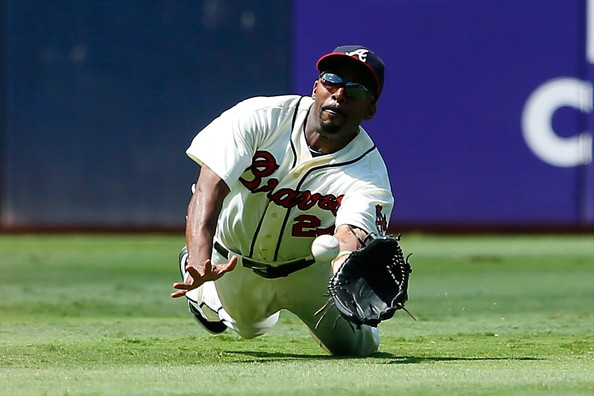
Tim Dierkes of MLB Trade Rumors posted part of the interview he conducted with Greg Genske of The Legacy Agency, Red Sox GM Ben Cherington and one other NL Executive. It was on the topic of qualifying offers, the draft pick compensation attached to free agents, and how it hurts the good, but not great players.
If signing a free agent does require the forfeiture of a first or second round draft pick, how much does it matter to potential suitors? It’s team-specific, explained Genske, who said,
“I think that most of the teams that are in on the top-tier free agents are really focused on winning now. So I think they’re less inclined to be concerned about that draft pick and even the bonus pool money associated with it.”
In Shane Victorino, Ryan Dempster, and Mike Napoli, the Red Sox signed three top 20 free agents who did not come with draft pick compensation attached. GM Ben Cherington explained to MLBTR, “We have to consider the cost of giving up a pick, as draft picks are valuable, and so it’s part of the acquisition cost for a free agent attached to a draft pick. But there are cases we will consider giving up a pick for the right player. This offseason many of our targets didn’t require that, but it was a secondary benefit, not the driving factor in our pursuit.”
One NL exec I spoke to seemed less concerned about potentially losing a draft pick, saying, “If we really want the player and feel he can make the difference for us in having a championship club – or building toward a championship club – it’s not a significant factor. Look, we all like picks and prospects, but even among the top 50 prospects in the game more than half of them never make it.”
Under the new collective bargaining agreement, teams were able to tender any of their free agents a guaranteed one-year qualifying offer for $13.3 million this offseason. That number varies each year and typically rises as it is based on the average salary of the 125 highest-paid players in the game.
Only nine players received qualifying offers and they were Michael Bourn, Kyle Lohse, Josh Hamilton, Hiroki Kuroda, Adam LaRoche, David Ortiz, Rafael Soriano, Nick Swisher, and B.J. Upton.
They each turned down their qualifying offers believing they could get much more on the open market. A couple of them did, a few more went for less than they expected, while Bourn and Lohse remain unsigned – two good, but not great players.
Next offseason, I don’t think free agents will be so quick to decline those qualifying offers. Especially those players past their prime or trying to cash in on one great walk year in an otherwise mediocre career.
Getting back to Bourn and specifically what the NL executive told Dierkes, I wondered what category Sandy Alderson was in. Obviously it isn’t having or adding to a championship club, but if it’s building a championship club, what’s the hesitation? If you think Bourn makes your team better both now and three years from now, why is the pick such a huge concern?
That’s why I’ve never bought into the seriousness of the Mets’ interest in Bourn. Because when you are talking about the kind of money that Bourn demands, it takes a serious commitment by the Mets, and I’m just not seeing that.
If you think that a player is someone you can build a championship with, the last thing on your mind is a draft pick that has a high propensity for failure. And even the money that is allotted for that pick is a poor excuse because it’s not like they are paying any of their other picks over slot anyway. The money allotted for the other picks is still at hand.
Plus in the Mets’ case they still have part of the money that got rolled over for not signing their second round pick last year, which makes this all the more curious. If they wanted to they could still pay 4-5 players well over slot and not be penalized for it.
So what gives? How badly do the Mets really want Bourn?















